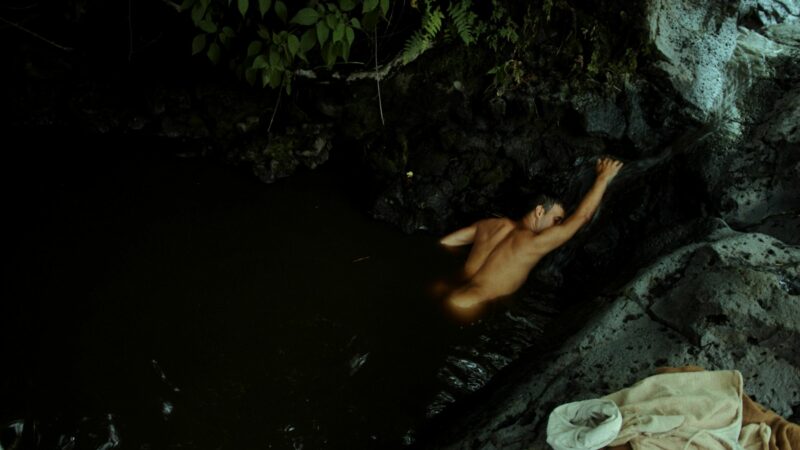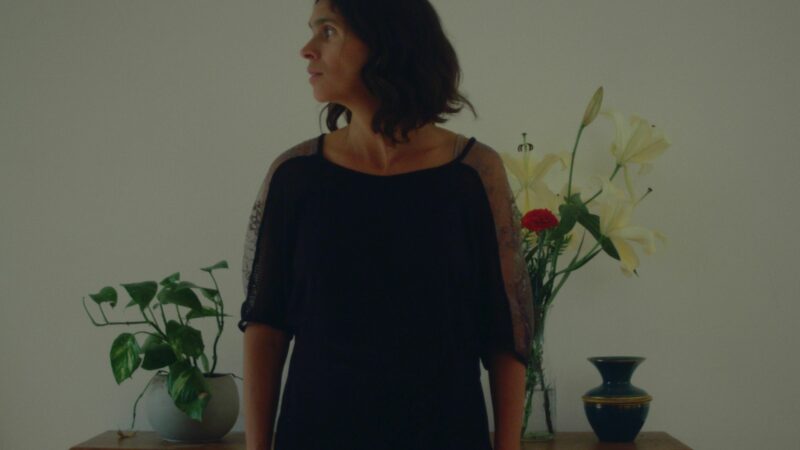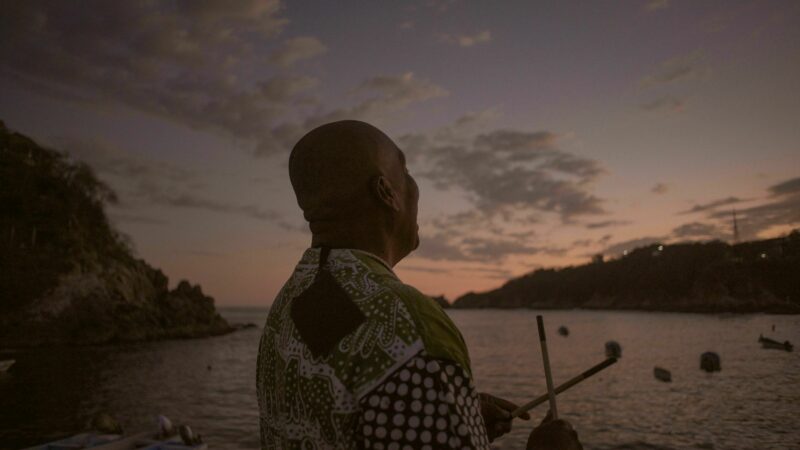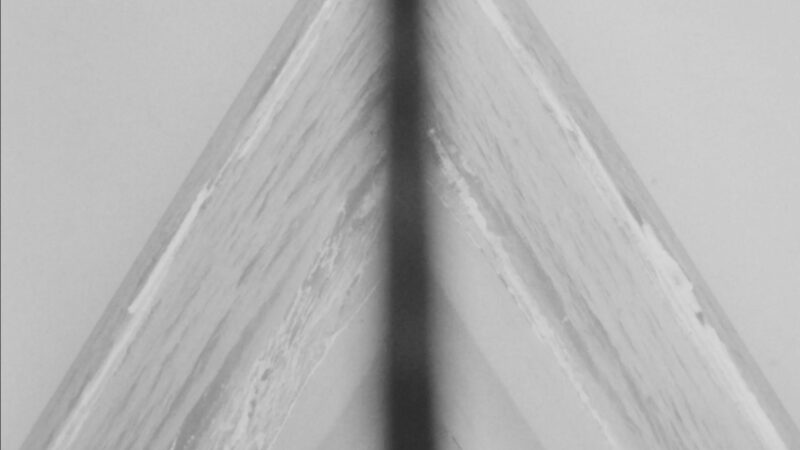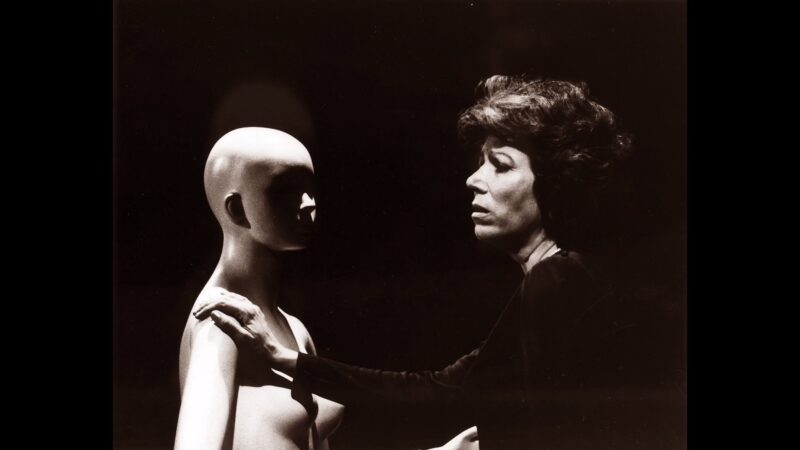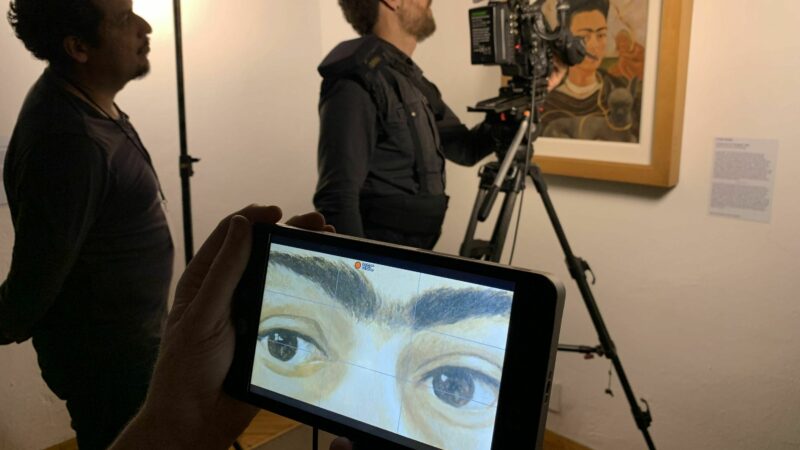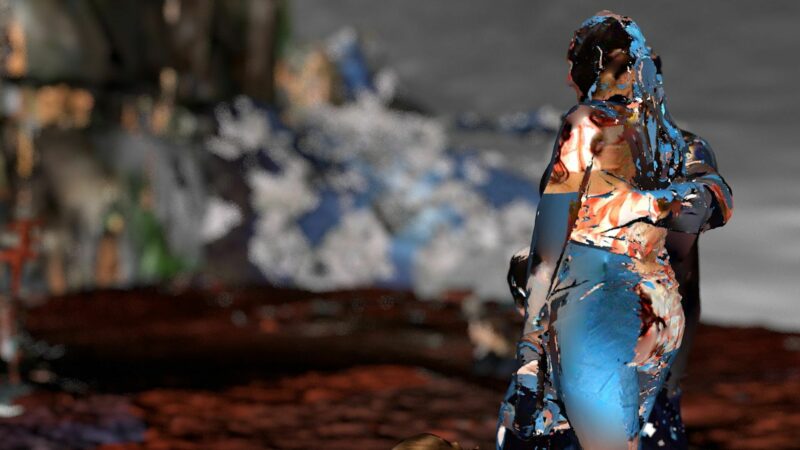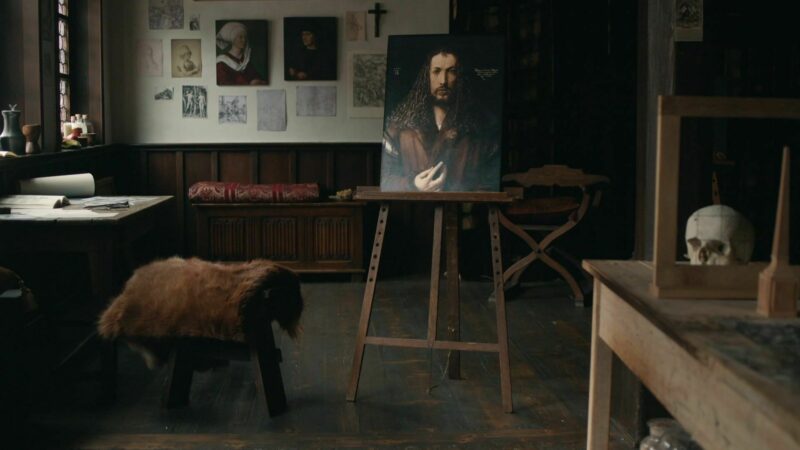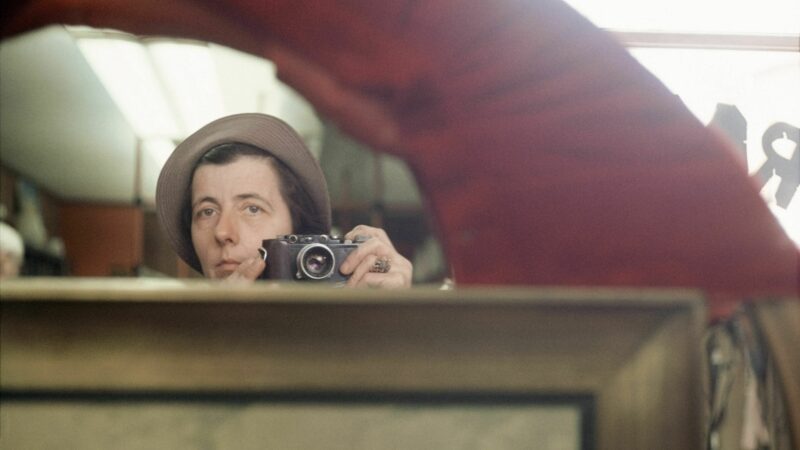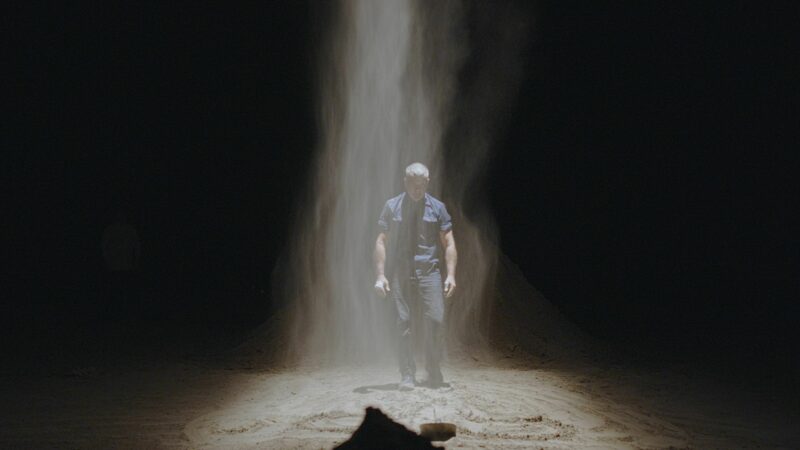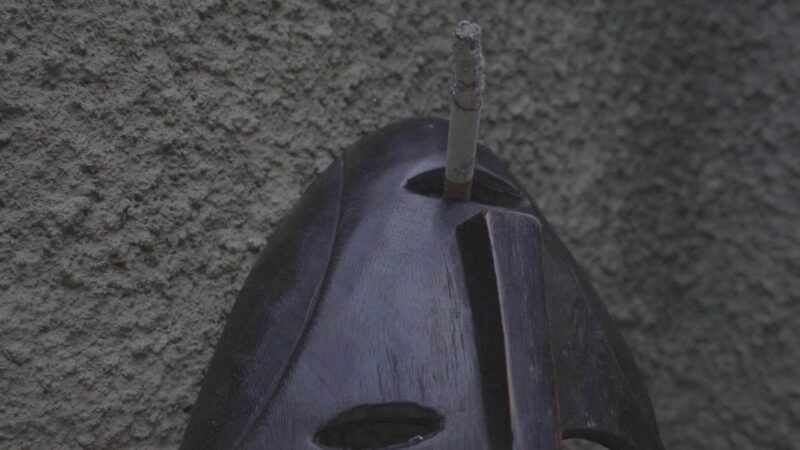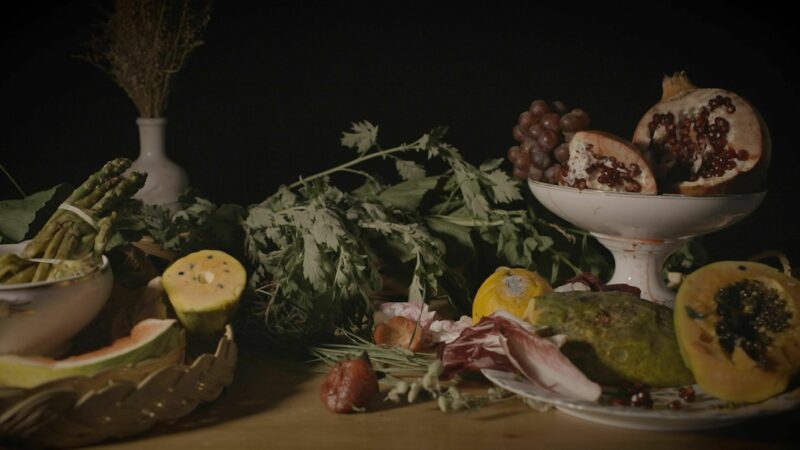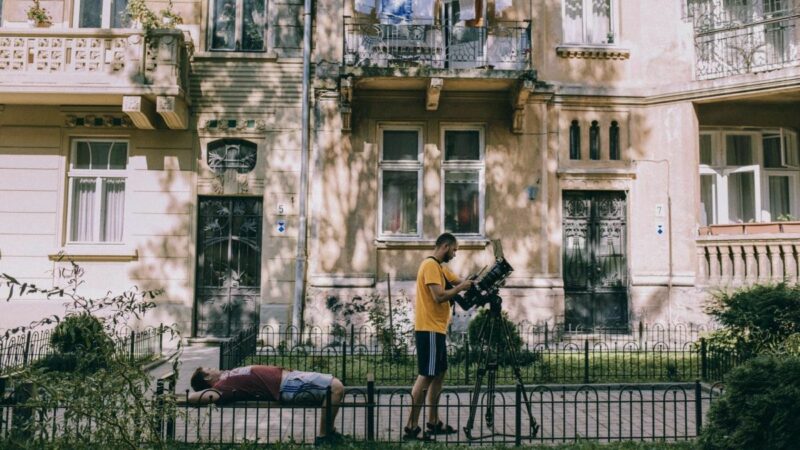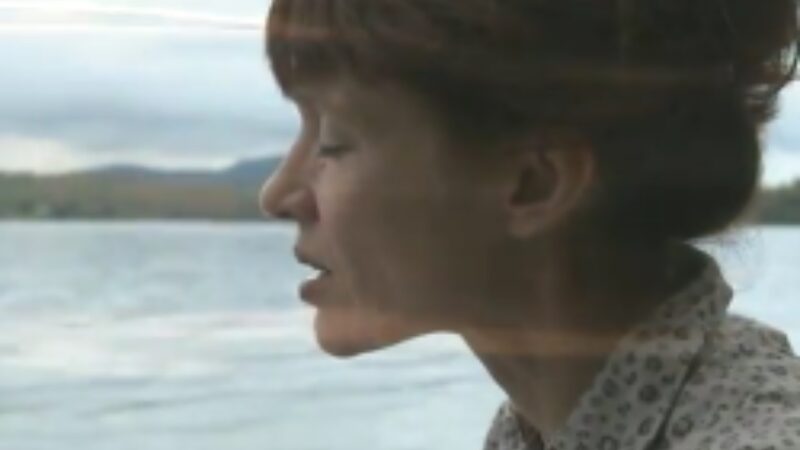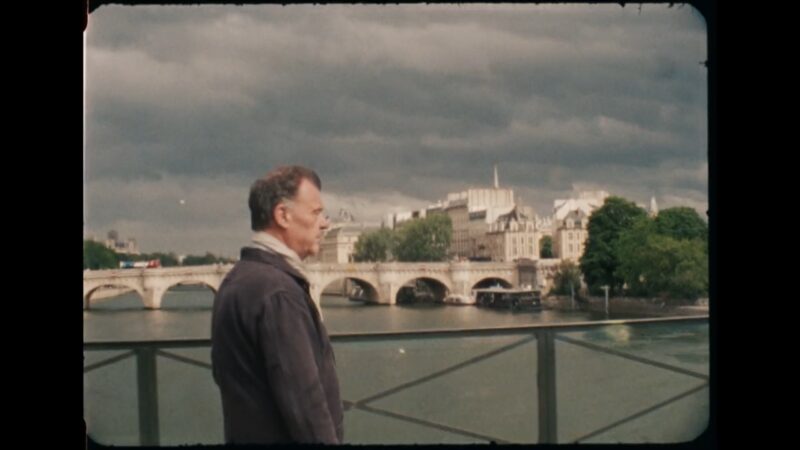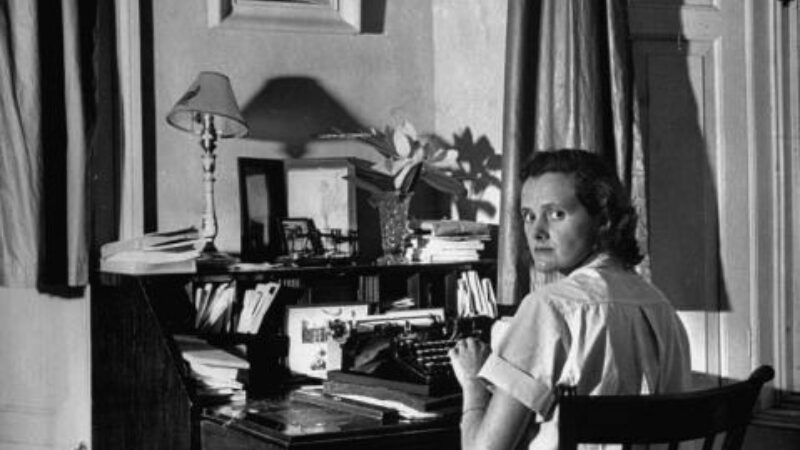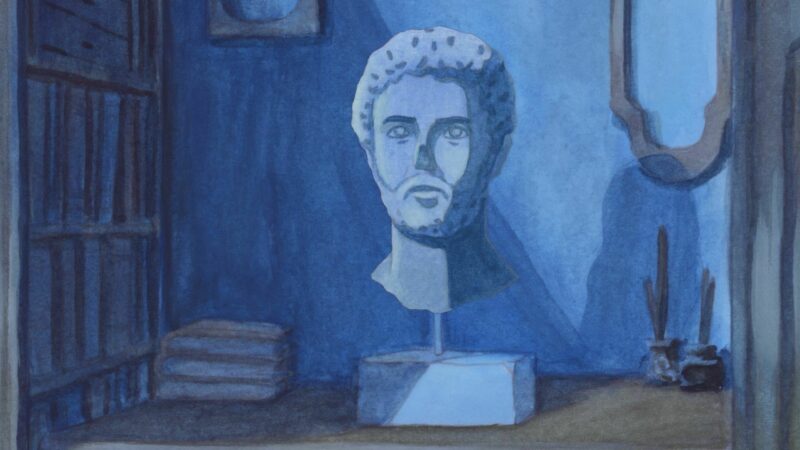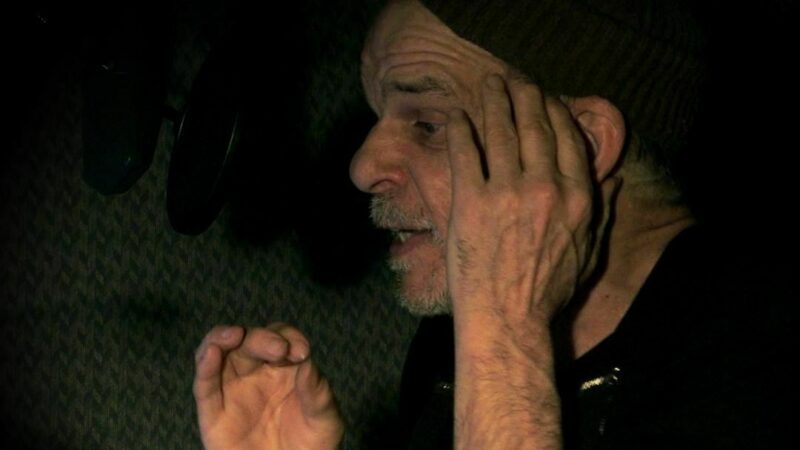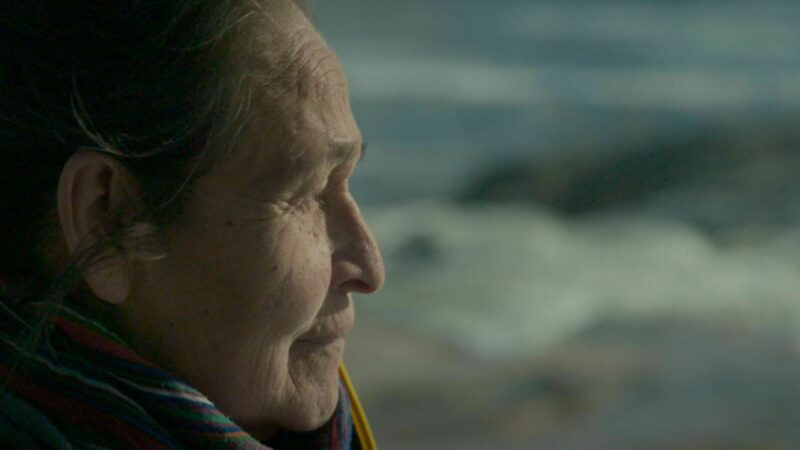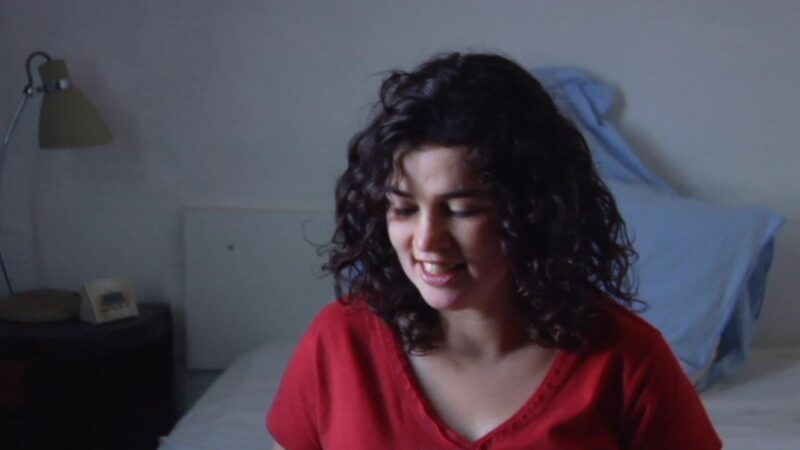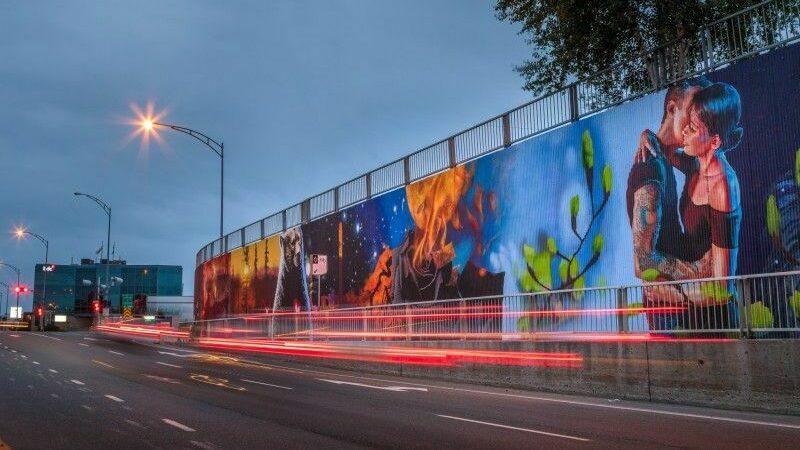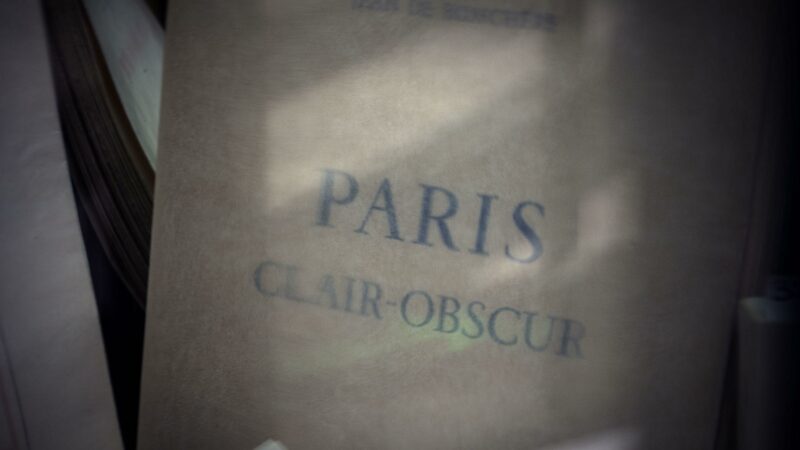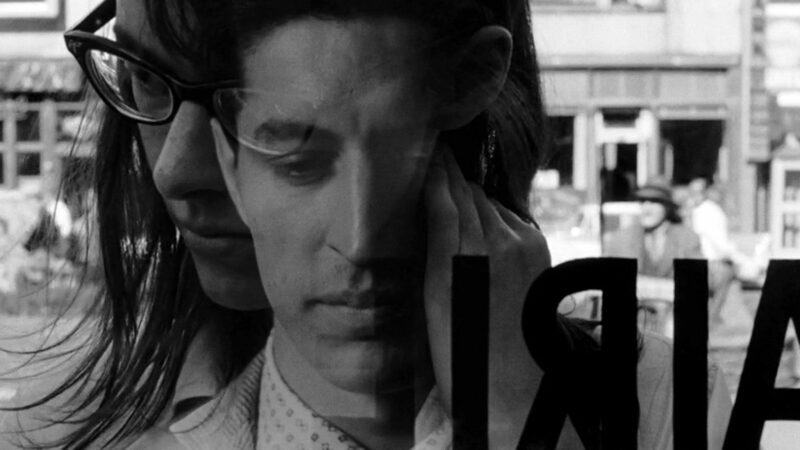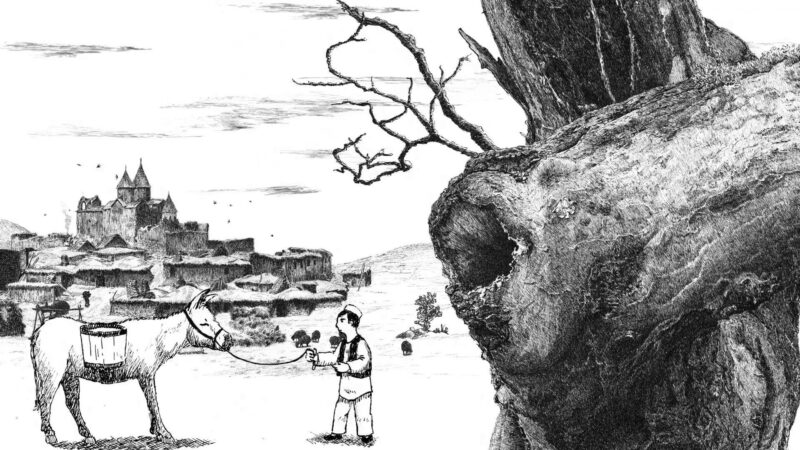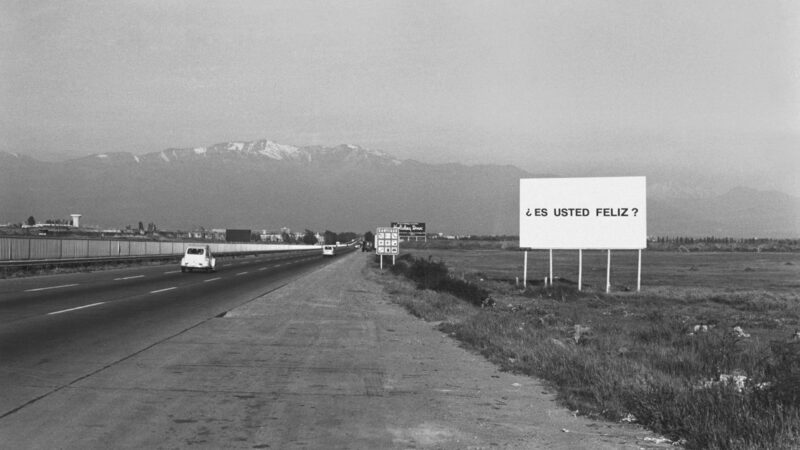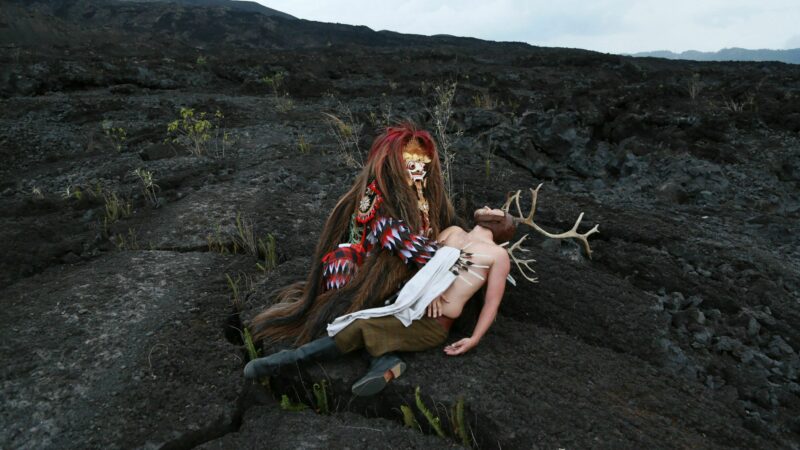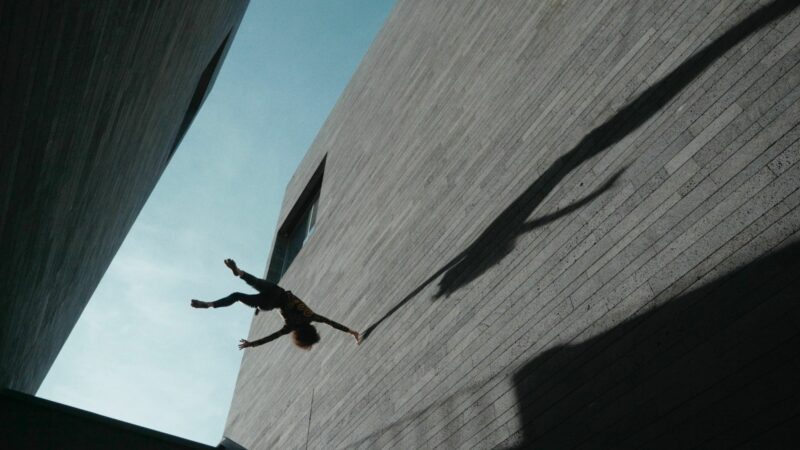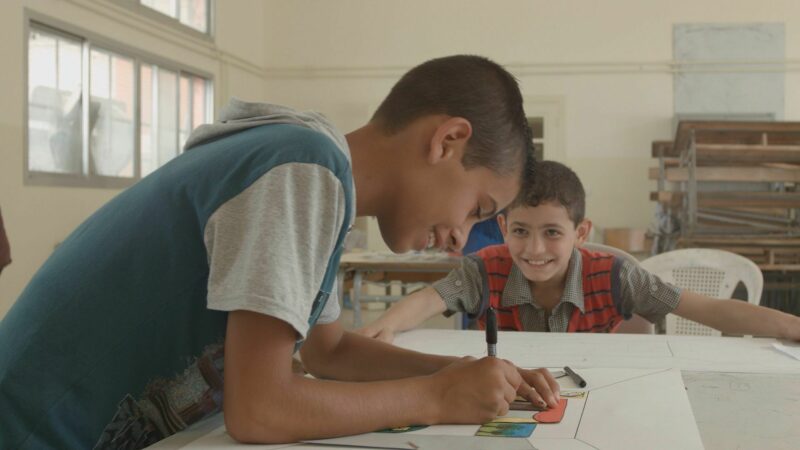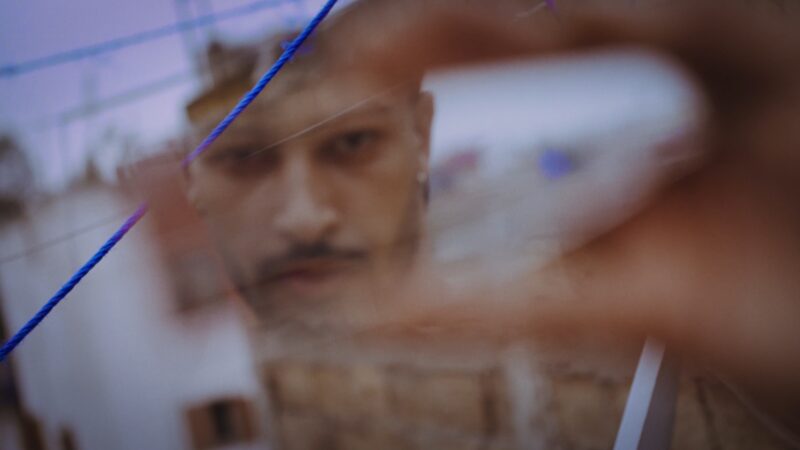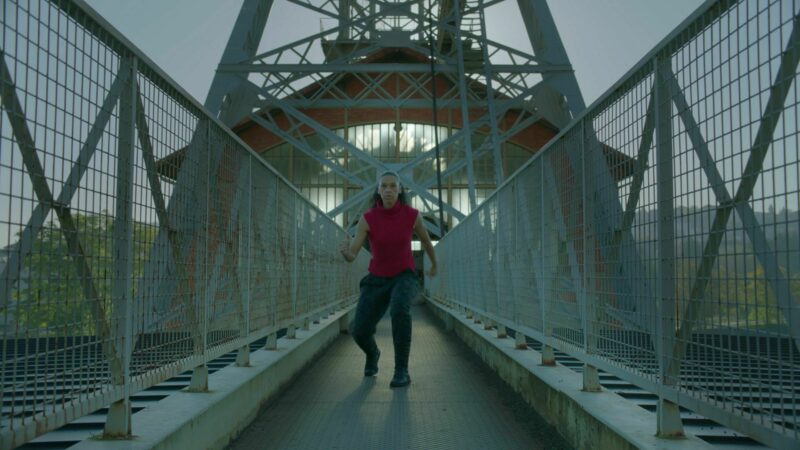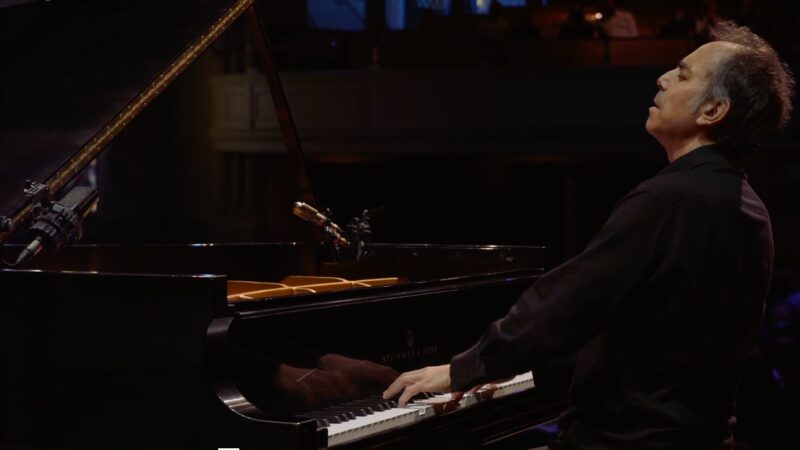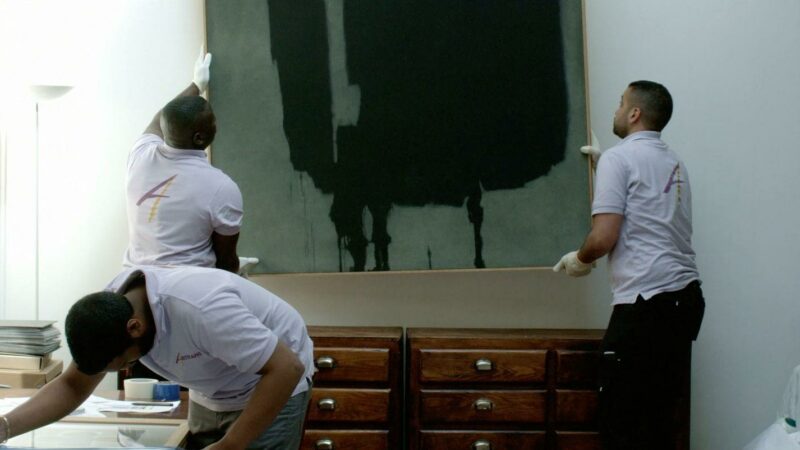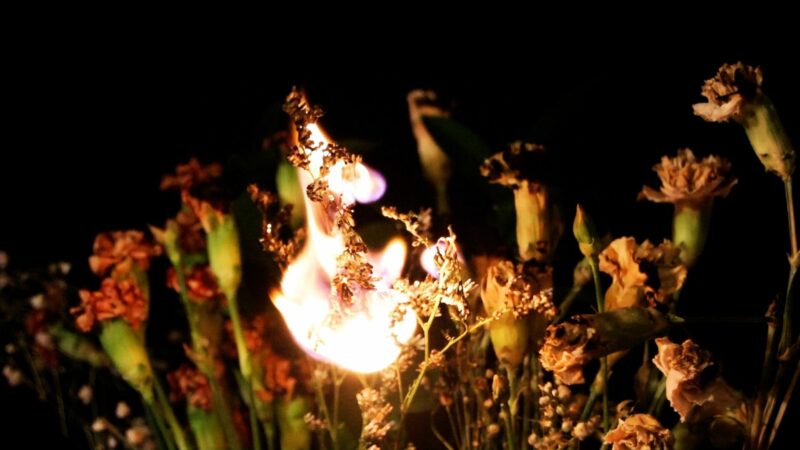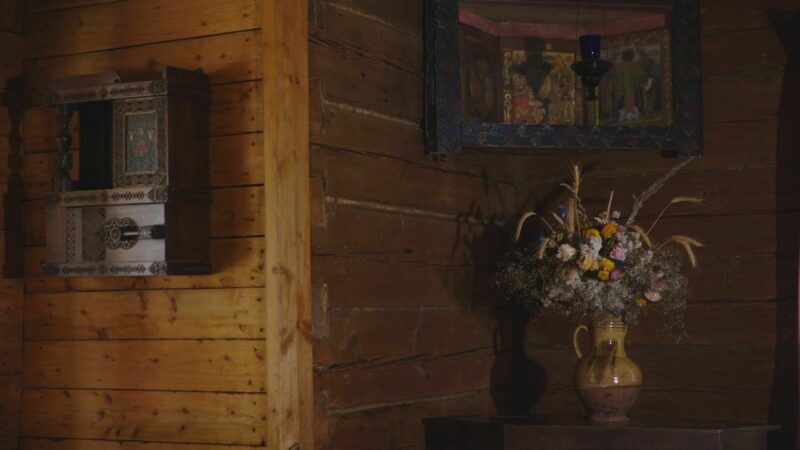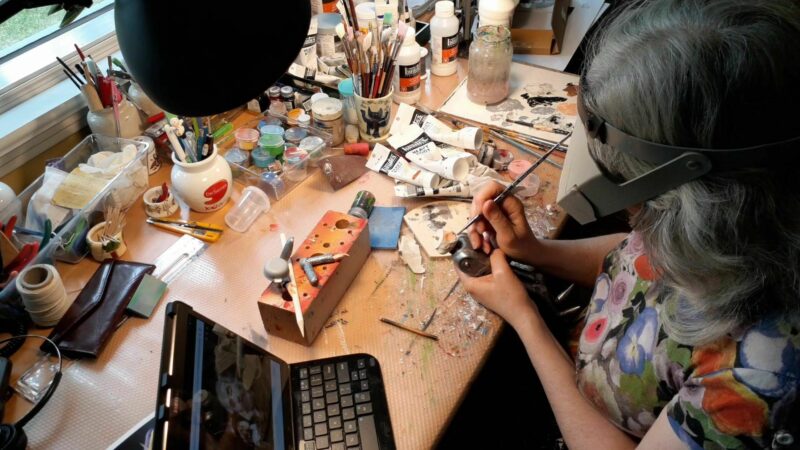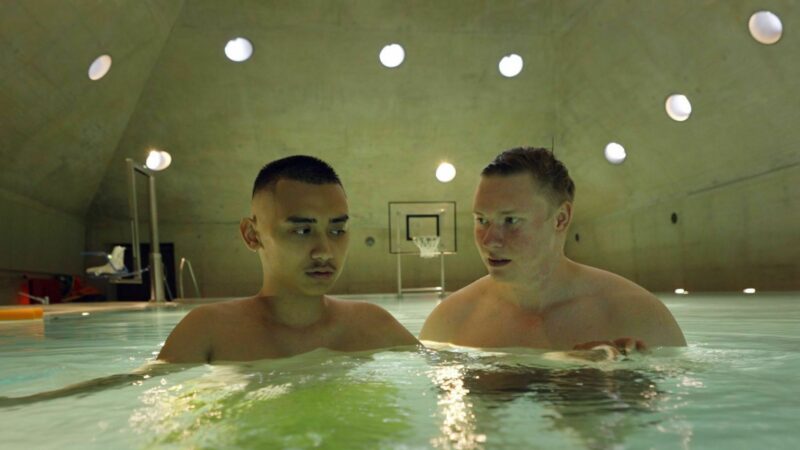
44th International Festival of Films on Art — March 12 to 29, 2026 —
44th International Festival of Films on Art — March 12 to 29, 2026 —

Major Partners
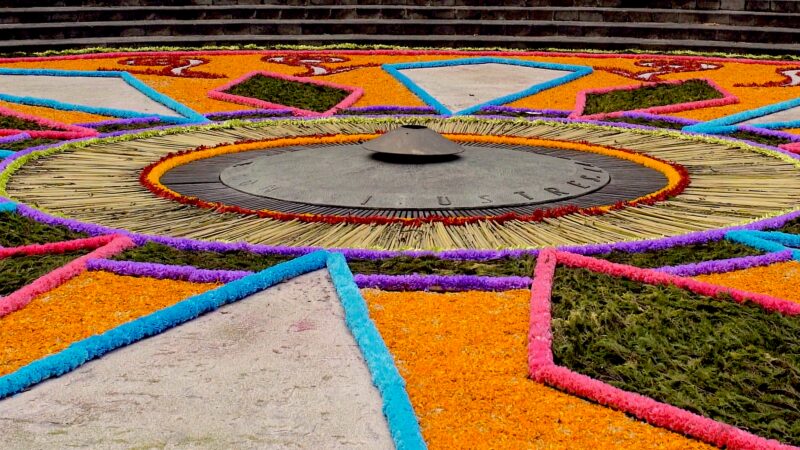
10.29.2025
FOCUS MEXICO | 7 free movies on ARTS.FILM from Oct. 31 to Nov. 30
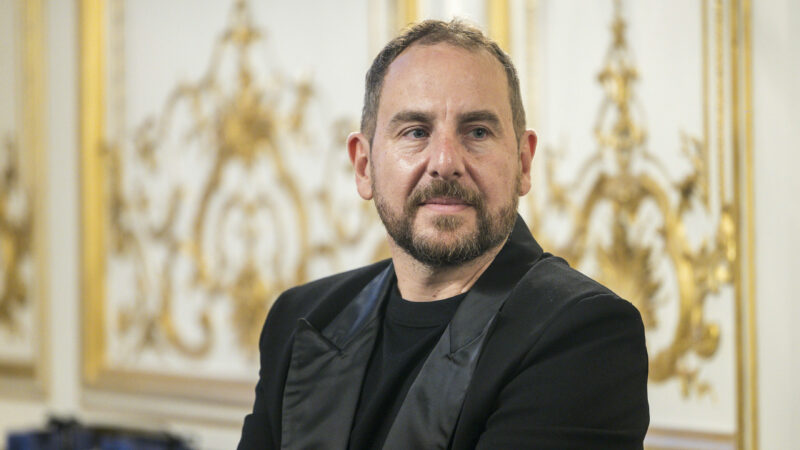
10.22.2025
Philippe U. del DRAGO, winner of the 2025 SAMUEL DE CHAMPLAIN PRIZE
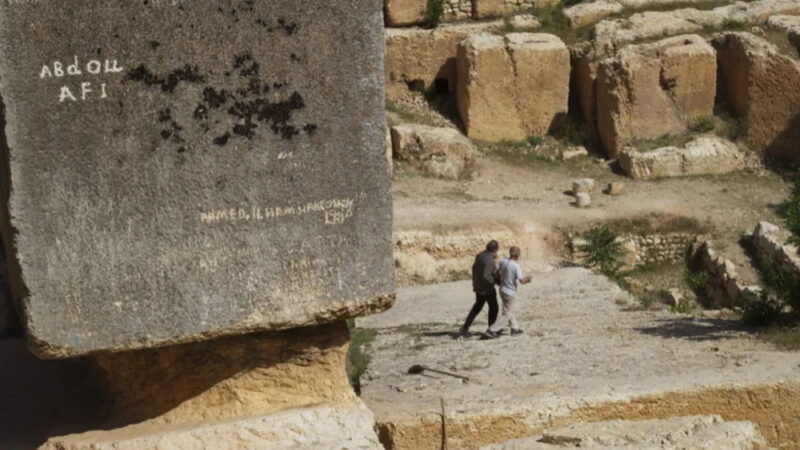
10.19.2025
WHEN ARCHITECTURE MEETS CINEMA
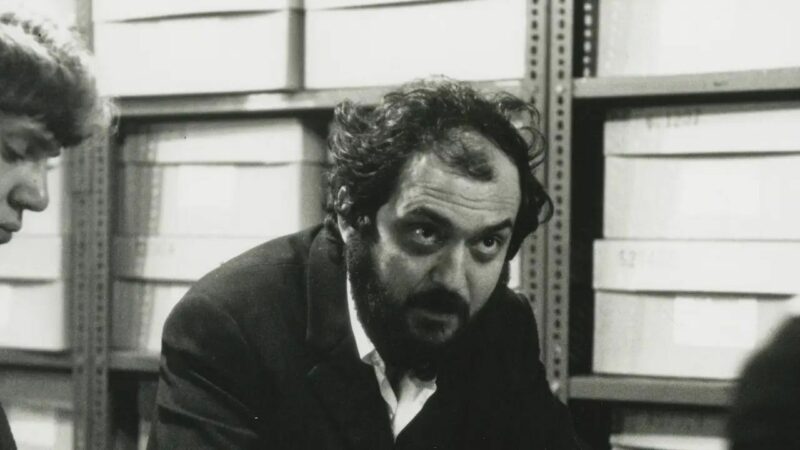
10.17.2025
The art of the selfie | New collection on ARTS.FILM
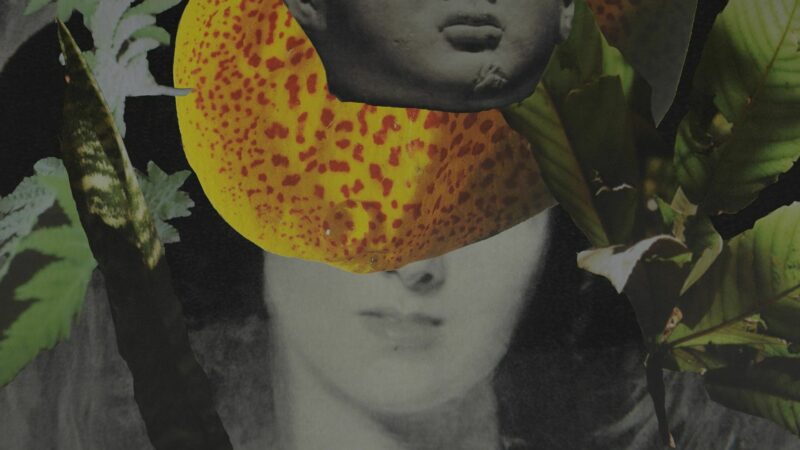
10.06.2025
The “Indigeneities of the Americas” programme at the Canadian Cultural Centre in Paris
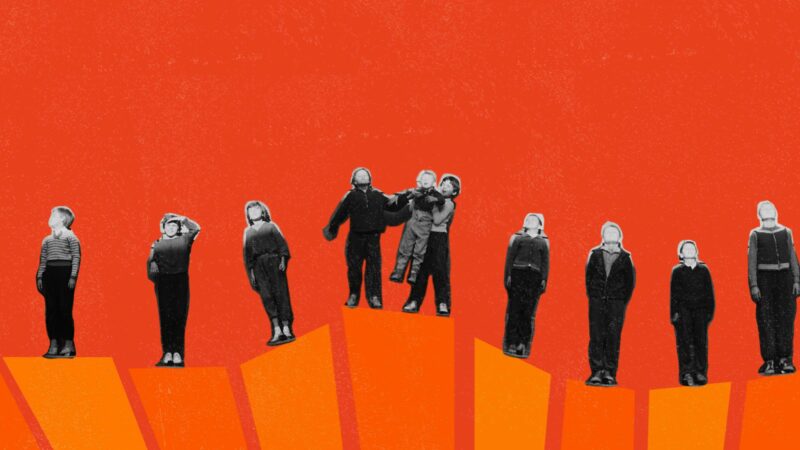
10.03.2025
To Show Off at Parties|New collection on ARTS.FILM

10.01.2025
The International Festival of Films on Art Invited at Palazzo Grassi in Venice

09.30.2025
Kite Zo A (Leave the Bones) by Kaveh Nabatian | Free Film on ARTS.FILM
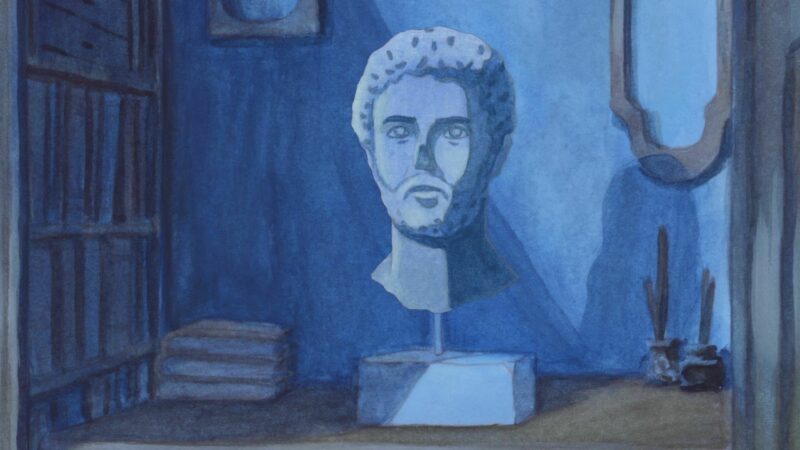
09.18.2025
Literature Puts on Its Cinema|New collection on ARTS.FILM
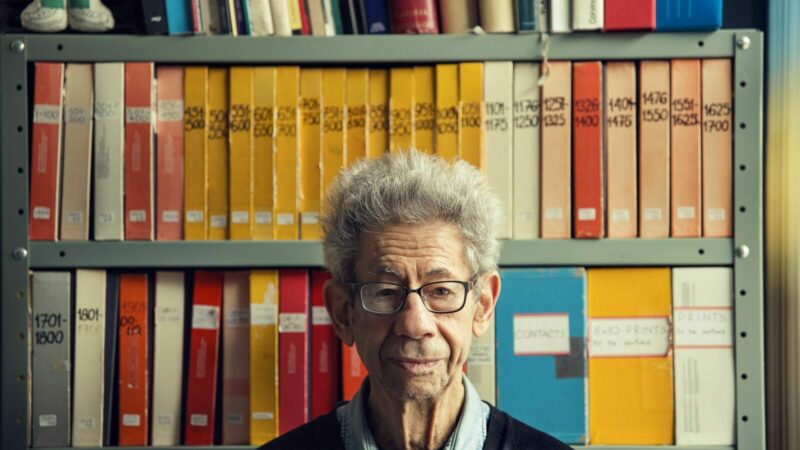
09.09.2025
QUEBEC CINEMA IN SPAIN ON THE CAIXAFORUM+ PLATFORM
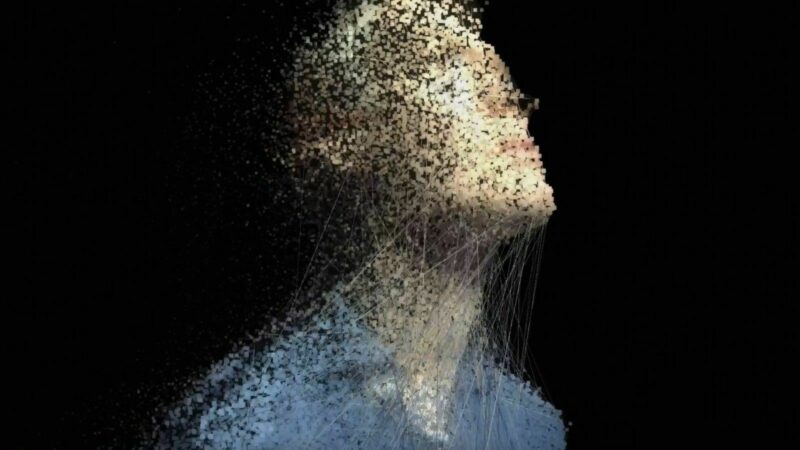
09.04.2025
Literature Puts on Its Cinema|New collection on ARTS.FILM
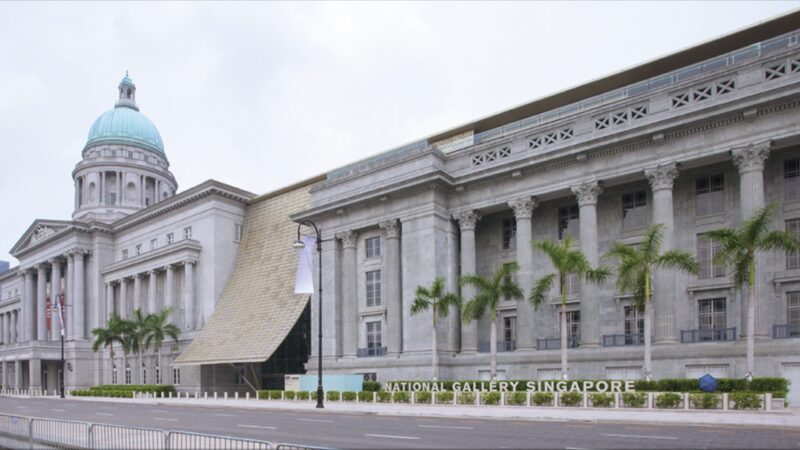
09.03.2025
Le FIFA GUEST OF HONOR AT THE NATIONAL GALLERY OF SINGAPORE


Wednesday, November 05
Wednesday
November 05
7:00 p.m.
[LES CINÉ-MERCREDIS NIKI]
Viva Niki ! The Spirit of Niki de Saint-Phalle is the forth film in the LES CINÉ-MERCREDIS NIKI series, which explores the fascinating world of Niki de Saint Phalle — a free, bold and visionary artist. Niki de Saint Phalle left her mark on the 20th century with vibrant, colorful and socially engaged work. Each film in the series delves into an aspect of her life, her creativity and her legacy, blending documentary, fiction and visual art.
Sunday, November 09
Sunday
November 09
3:00 p.m.
MARÉE NOIR de Chantal Caron and À LA LUMIÈRE DU SOIR de Fernand Dansereau | La société d’arts et culture d’Oka (Oka, Canada) [FREE ENTRY]
In collaboration with La société d’arts et culture d’Oka, this film by filmmaker Fernand Dansereau takes us, at 97 years old, into rich and heartfelt conversations — about the joy of creating, aging as an artist, advanced age, everyday wisdom, spirituality, and grief. It also touches on the future of the planet in dialogues with his grandchildren.
Thursday, November 13
Thursday
November 13
6:30 p.m.
[CINÉ-MUSÉE] So Surreal: Behind the Masks de Joanne Robertson et Neil Diamond | Musée d’art de Joliette (Joliette, Canada) (FREE ENTRY)
In resonance with the exhibition The Most Beautiful Order in the World by Sameer Farooq — a poetic and critical exploration of the colonial history of museums through a multimedia installation — the film So Surreal: Behind the Masks invites reflection on identity, memory, and the issues surrounding cultural reclamation. The screening will be followed by a discussion with representatives from the Lanaudière Native Friendship Centre.
Sunday, November 16
Sunday
November 16
1:30 p.m.
PINA by Wim Wenders | Musée national des beaux-arts du Québec (Québec, Canada)
Presented in collaboration with the Musée national des beaux-arts du Québec, PINA is a film for Pina Bausch by Wim Wenders. It is a danced film, carried by the ensemble of the Tanztheater Wuppertal and the unique art of its choreographer, who passed away in the summer of 2009.
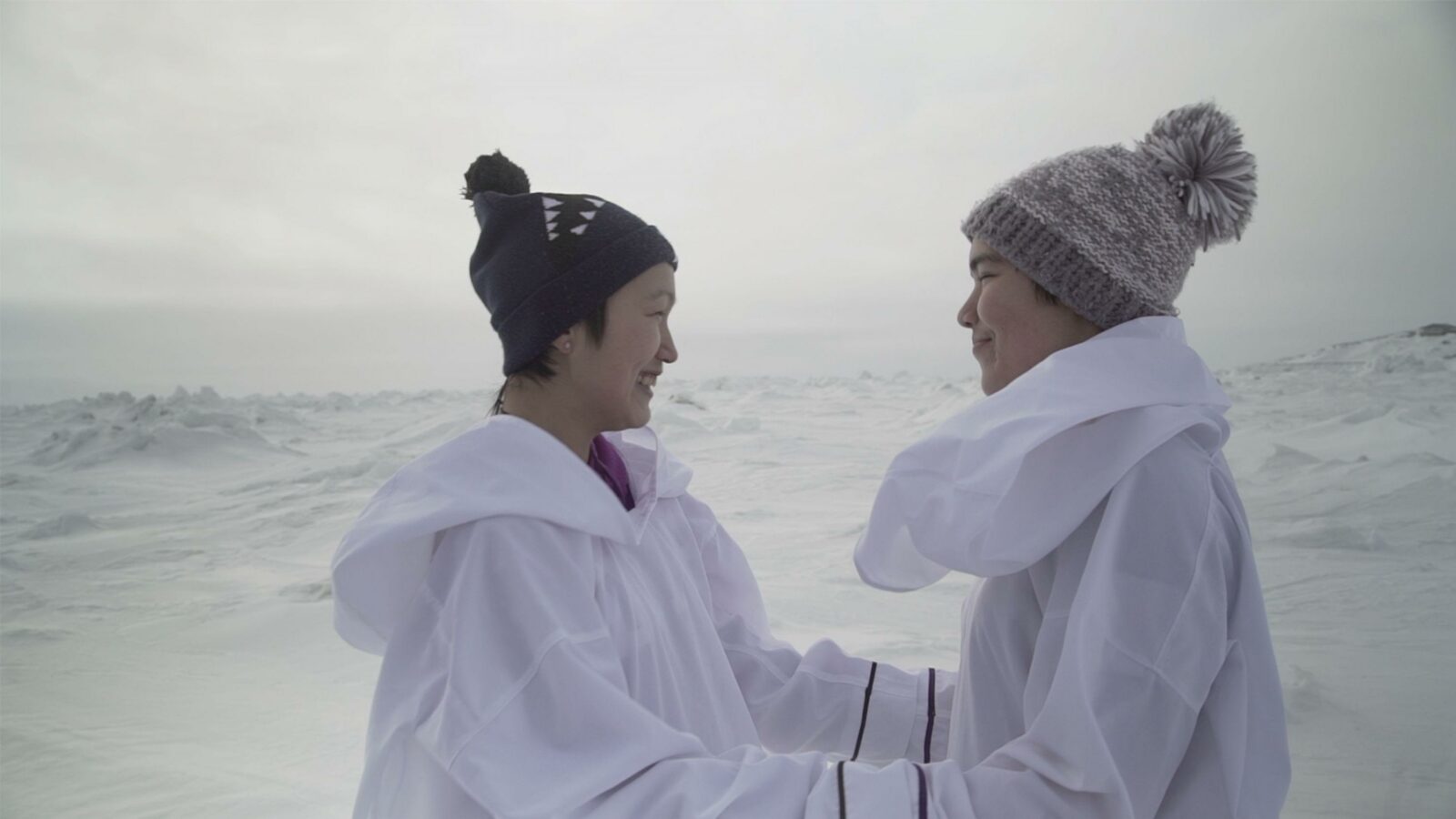
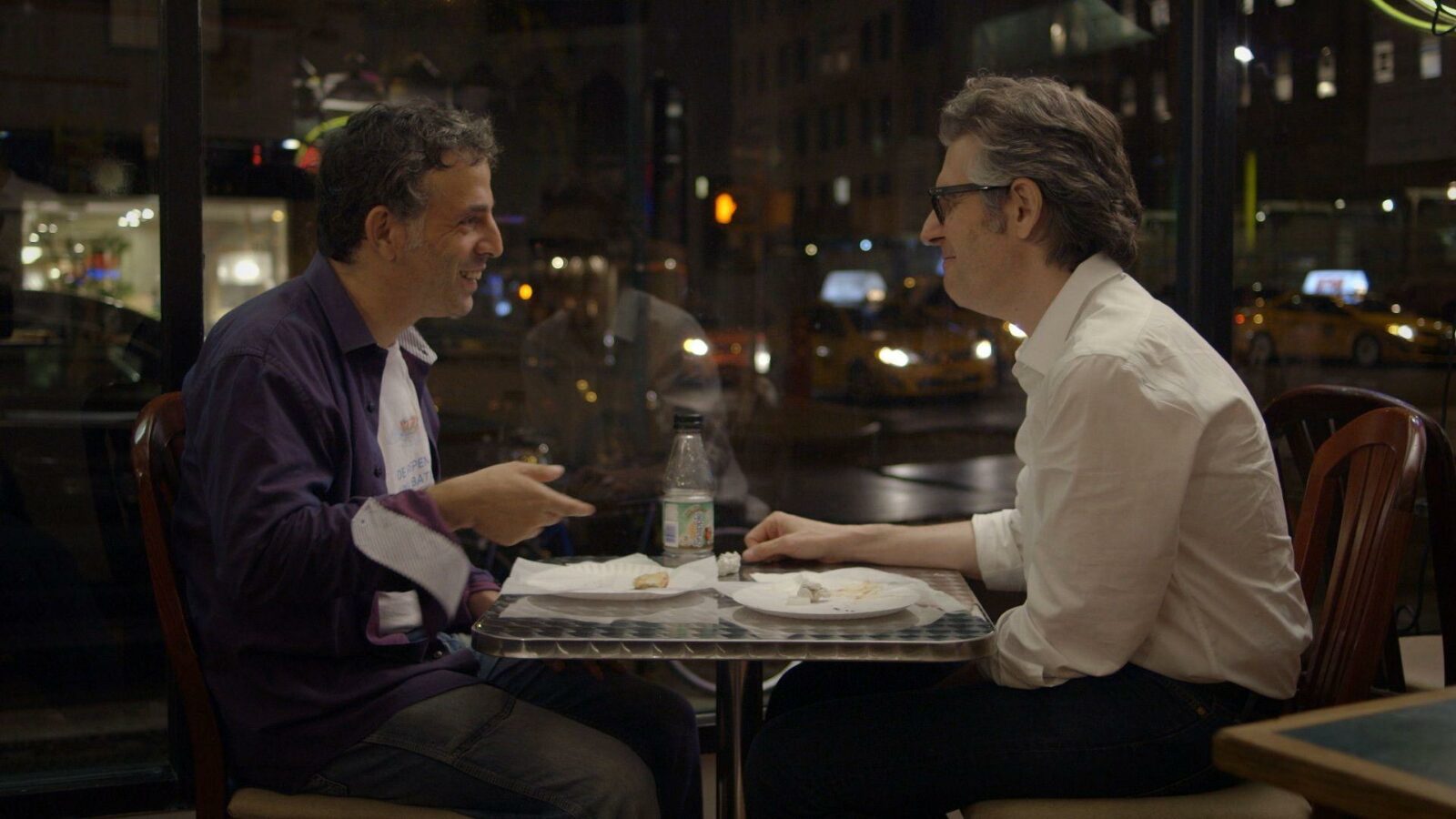

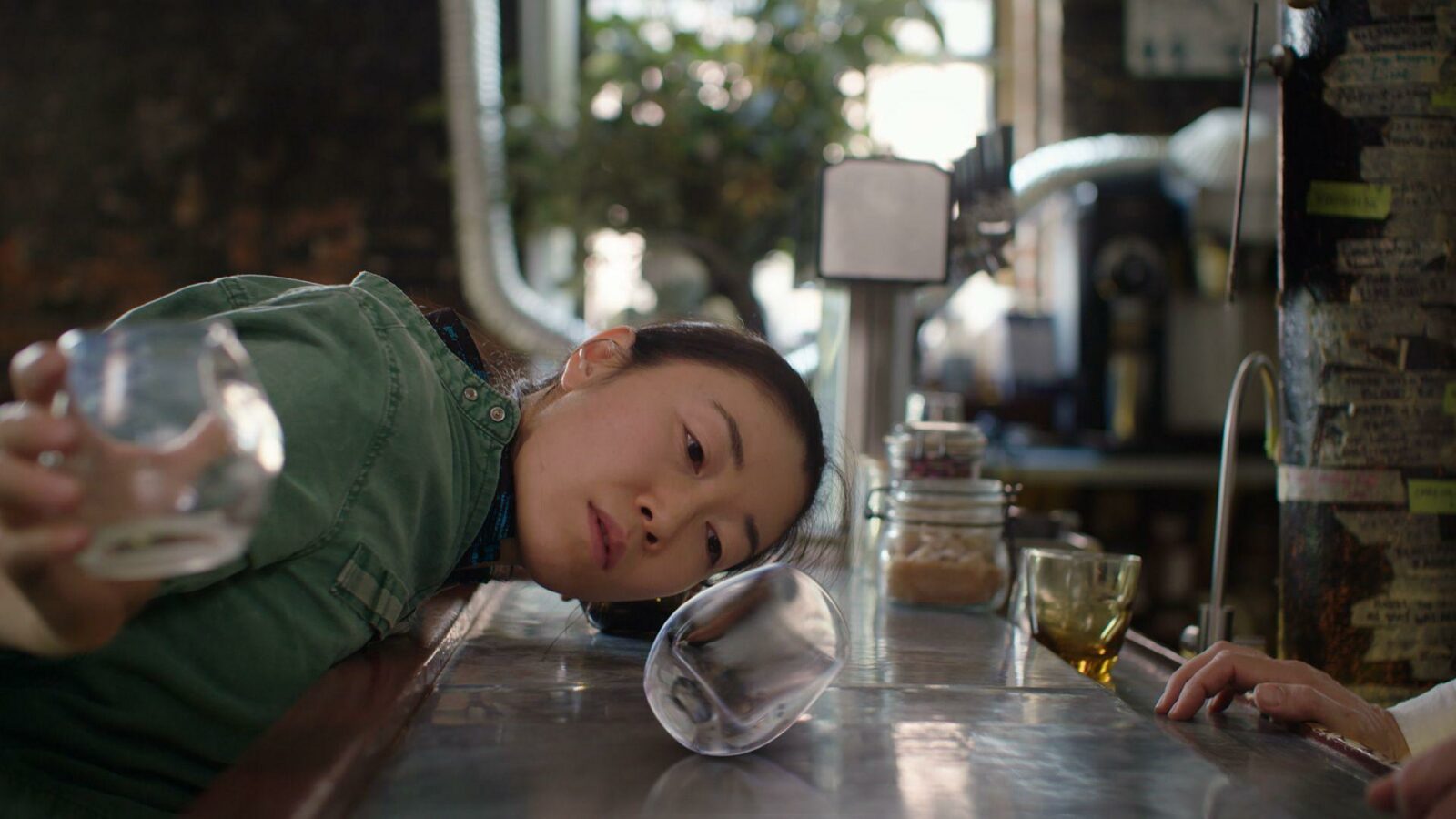
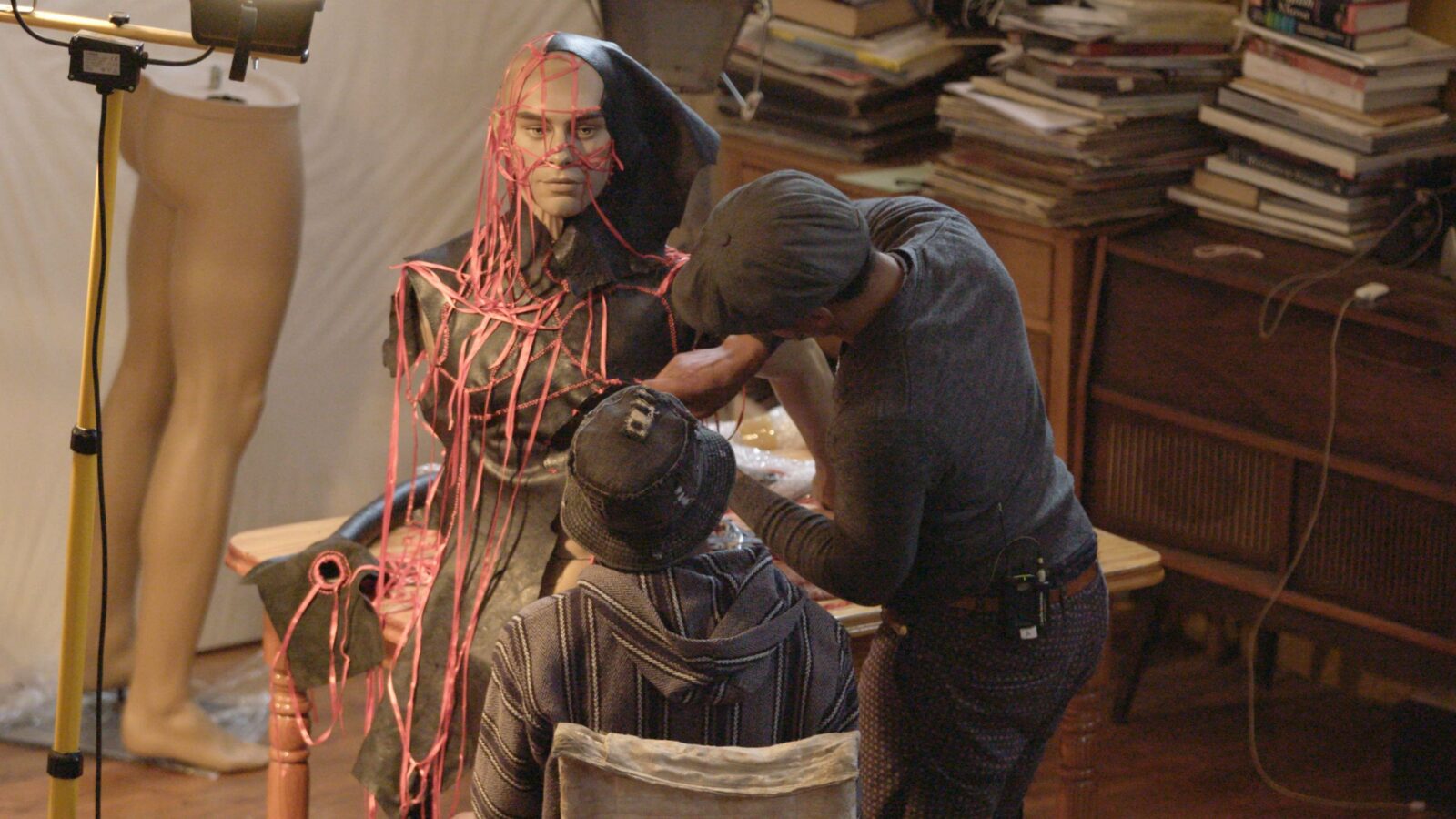
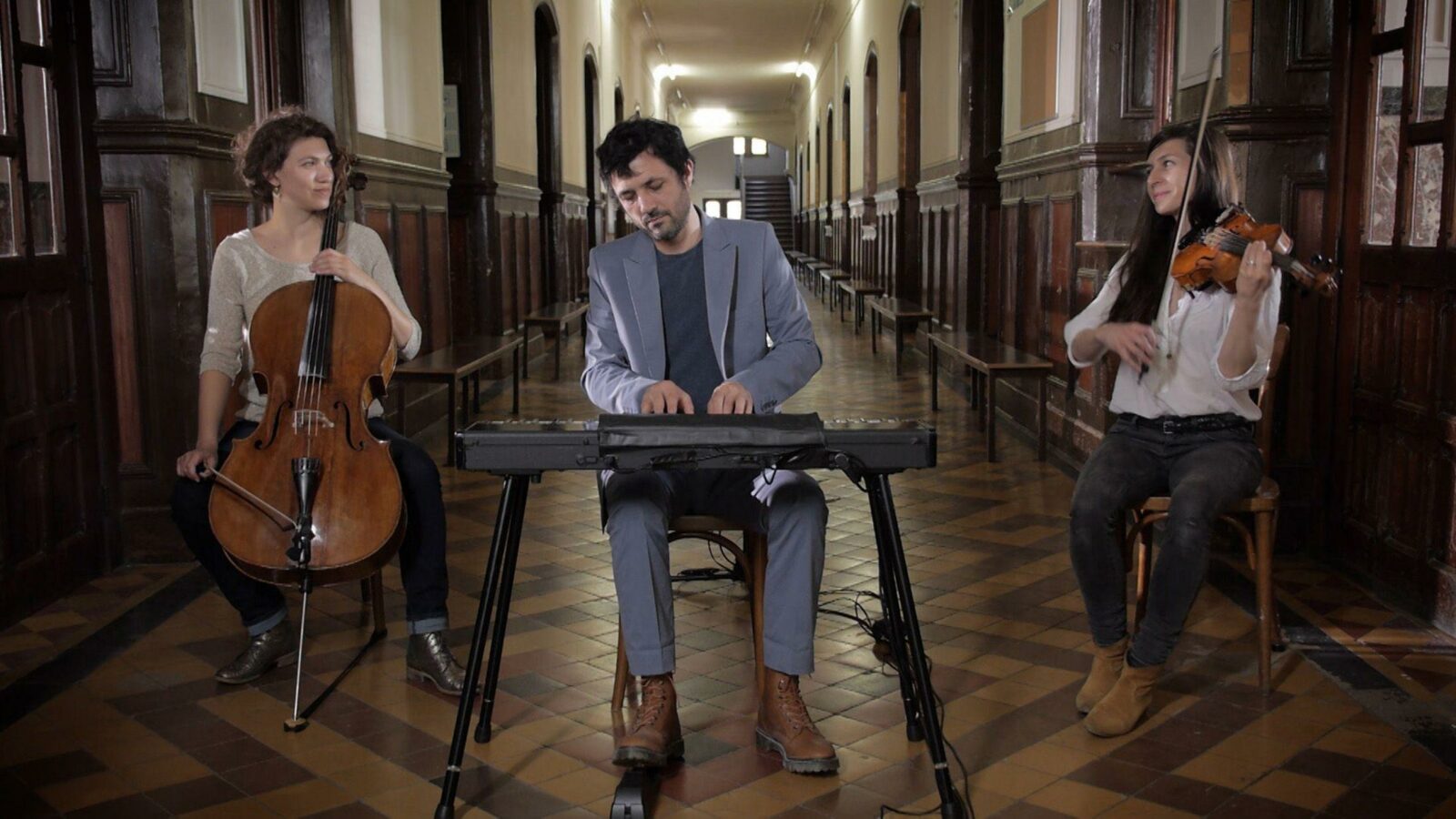
A
R
T
S
A
R
T
S
.
F
I
L
M
.
F
I
L
M
Anytime, anywhere in Canada : Discover films on art on ARTS.FILM, starting March 29th!


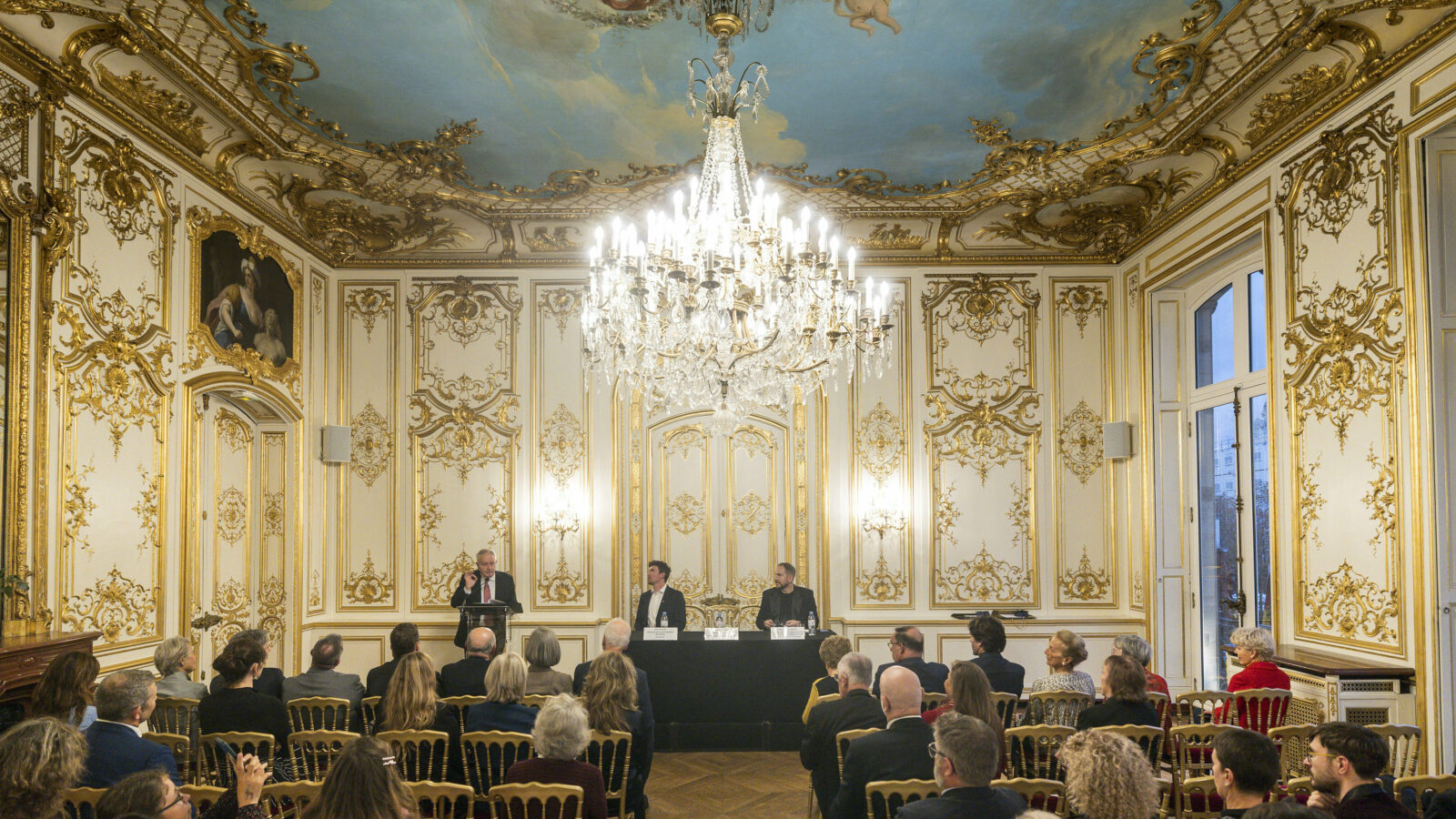








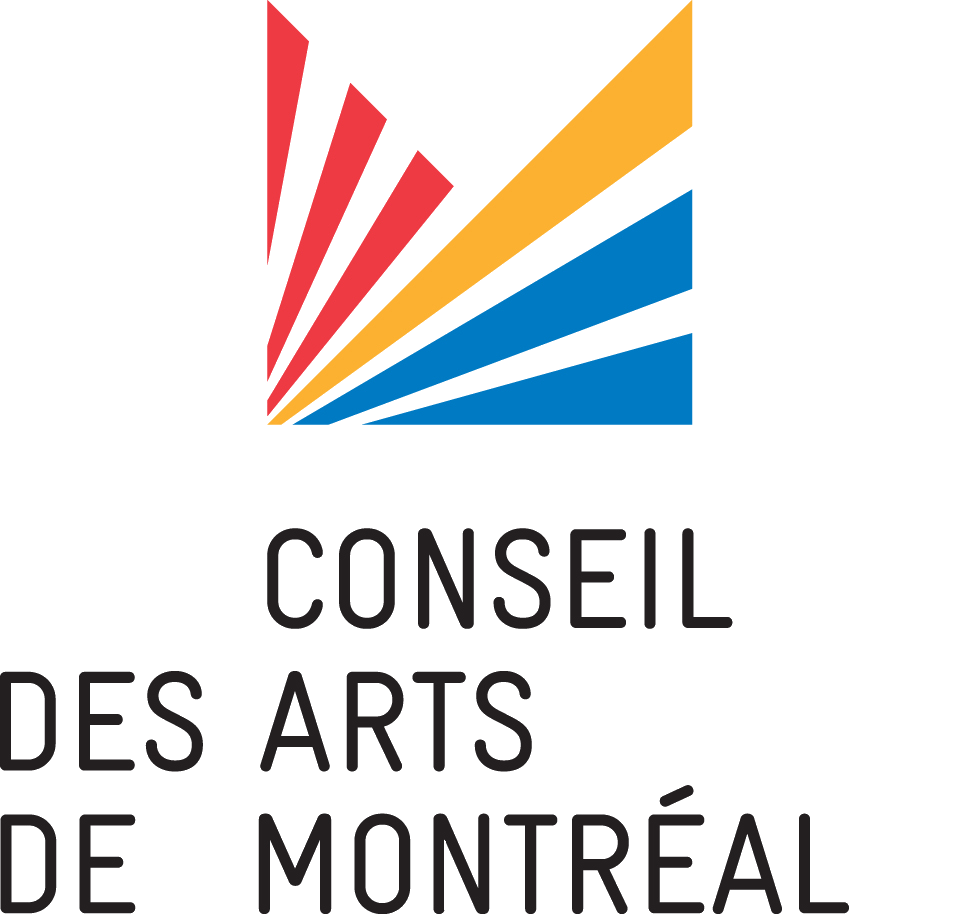

![[LES CINÉ-MERCREDIS NIKI]](/assets/images/arrow-lg.svg)
